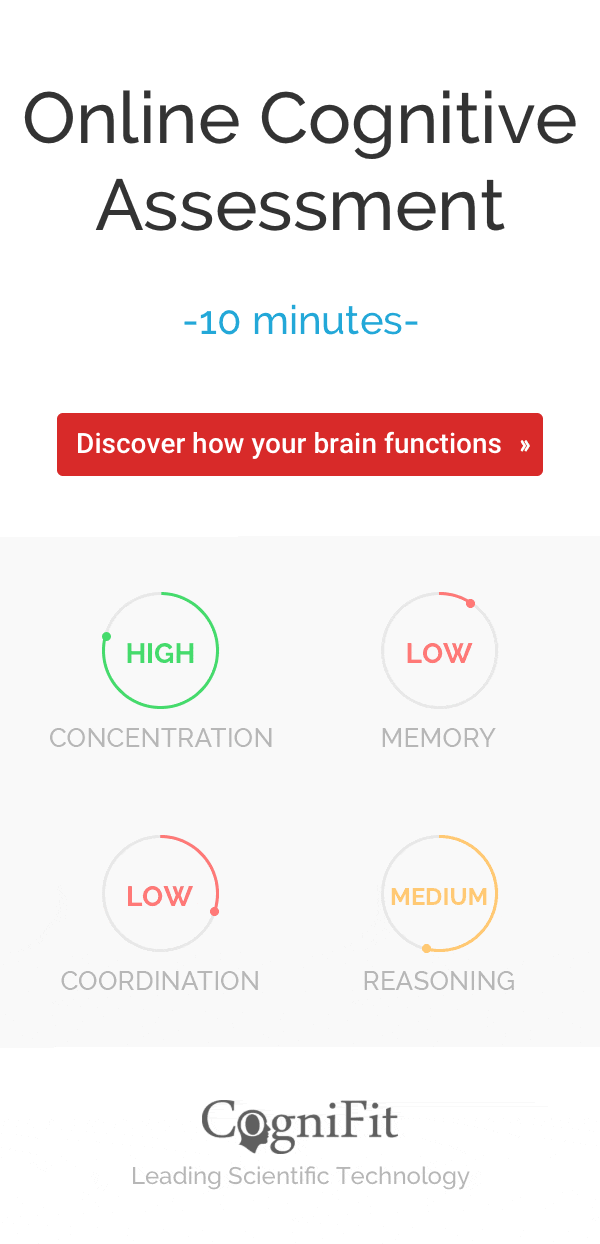
¿Tu hijo repite todo lo que dices? Cómo conseguir que un niño autista supere la ecolalia
La ecolalia es una parte muy natural de la adquisición del lenguaje y consiste en repetir las mismas palabras o frases que acaba de decir otra persona, es una forma de imitación parecida a la que hacen los loros. La ecolalia suele ser usada por niños muy pequeños, pero en el caso de niños con autismo puede llegar a usarse en exceso y a extenderse hasta la adolescencia o la adultez. Para evitar que este proceso se alargue más de lo necesario, te enseñamos cómo conseguir que un niño autista supere la ecolalia.

How to get an autistic child to overcome echolalia
Techniques to overcome echolalia
Autistic children can memorize certain phrases to make it easier for them to communicate. Many autistic people use echolalia to express that they have heard what someone else has said and are thinking about the answer. In the event that the child uses echolalia because he does not know the answer to a question you can teach him to say «I do not know.» To do this, ask the child questions whose answers he does not know or ask another person to answer questions using those two words as an example.
You can also practice other kinds of questions like: What’s your name? Where do you live? For this to work they have to be questions that will always have the same answer. If you teach the child many scripts, he will be able to answer basic questions without feeling overwhelmed and having to resort to echolalia.
In addition, the child can learn phrases to communicate their needs such as: «I am hungry» or «there is a lot of noise.» This will prevent the child from fixing his problems before he becomes distressed and has a crisis. In this case it is important to know how to calm a child with autism.
When you teach an autistic child to use a basic phrase, sometimes it is necessary to teach him the result that that phrase will have. For example: if you are teaching the child to ask for a toy saying «I want that», and no matter how much you repeat the phrase the child does not respond, you can try to give him the toy even if the child has not asked for it and try again to learn the phrase at another time. In this way, the child learns to relate the phrase to the action and later begins to use it.
To teach the child these phrases it can also be helpful not to finish your sentences and point out the answer, for example: you can tell the child «I want to drink…» and point to a bottle of water. In this way he will learn to fill in the gaps by himself.
It’s best not to ask the child questions like «do you want help?» because he will end up repeating them. Instead, say the phrase you want it to say as «help me pick up my room.» Try to get him to repeat the phrase and then help him even if he doesn’t get it.
Something you should avoid when communicating with the child is to say his name at the end of a sentence because he will start repeating it. What you can do is say his name leaving a pause before the phrase you want to communicate.
Teaching an autistic child to say the right phrases can be exhausting, but it is very important that the teaching process is fun and lively. Do it at times when you are both calm and although sometimes it is difficult not to lose patience and move on, all this effort will end up paying off.













